LOVE OF COUNTRY
A Journey through the Hebrides
MADELEINE BUNTING
THE UNIVERSITY OF CHICAGO PRESS
CHICAGO
The University of Chicago Press, Chicago 60637
2017 by Madeleine Bunting
All rights reserved. No part of this book may be used or reproduced in any manner whatsoever without written permission, except in the case of brief quotations in critical articles and reviews. For more information, contact the University of Chicago Press, 1427 E. 60th St., Chicago, IL 60637.
Published 2017
Printed in the United States of America
26 25 24 23 22 21 20 19 18 17 1 2 3 4 5
ISBN-13: 978-0-226-47156-3 (cloth)
ISBN-13: 978-0-226-47173-0 (e-book)
DOI: 10.7208/chicago/9780226471730.001.0001
Originally published in English by Granta Publications under the title Love of Country copyright Madeleine Bunting 2016
First published in Great Britain by Granta Books 2016
Library of Congress Cataloging-in-Publication Data
Names: Bunting, Madeleine, author.
Title: Love of country : a journey through the Hebrides / Madeleine Bunting.
Description: Chicago ; London : The University of Chicago Press, 2017. | Includes bibliographical references and index.
Identifiers: LCCN 2016043283| ISBN 9780226471563 (cloth : alk. paper) | ISBN 9780226471730 (e-book)
Subjects: LCSH: Hebrides (Scotland)Description and travel. | Hebrides (Scotland)History. | Bunting, MadeleineTravelScotlandHebrides.
Classification: LCC DA880.H4 B96 2017 | DDC 941.1/4dc23 LC record available at https://lccn.loc.gov/2016043283
 This paper meets the requirements of ANSI/NISO Z39.481992 (Permanence of Paper).
This paper meets the requirements of ANSI/NISO Z39.481992 (Permanence of Paper).
Riches are what we find
in what is transient, perilous and oblique,
the random glitter of the sun and wind.
IAIN CRICHTON SMITH, ABERDEEN, NEW COLLECTED POEMS
Dedicated to the memory of three young men who
fought in the First World War: my great-uncles
Norman Kohnstamm (18971918) and Jack
Kohnstamm (18981916), and their friend, my
grandfather Maurice Farquharson (18991993).
Contents


Illustrations
LOVE OF COUNTRY
Taking Bearings
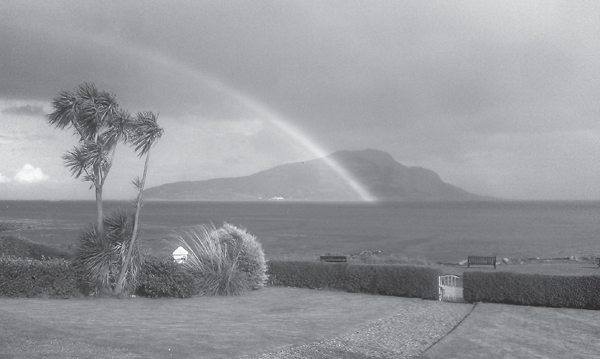
Tell all the truth but tell it slant Success in Circuit Lies
EMILY DICKINSON, POEMS
I
At my writing desk in east London I look out over a series of back gardens, each separated by high walls. Beyond them lies the back of the parallel terraced street, and in a gap between, I glimpse the tall blocks of the new high-rise developments which have filled these old Victorian streets with newcomers. The neighbours sycamore trees, heavy with ivy, crowd the sky into a small fragment. Accompanying the intermittent cry of the seagulls is the persistent hum of Londons hungry heart, the roar of busyness, the diurnal tragedy of sirens, each a tiny jolt of anxiety. Down below in the house the washing machine whirrs on its frequent family cycles and the dog barks, waiting impatiently for a walk. Next to the kettle sit the insistent lists of shopping, of errands, of doctors to call, letters to schools, appointments: the management of family life.
In this crowded life, I plotted an escape. Beside the writing desk I wallpapered a big map so that my eye could slide from terraced brick to the wide spaces of north-western Scotland. I could trace the intricacies of its coastline, the long slivers of sea which cut into the land mass and, in return, the delicate peninsulas which stretch out into the blue. There were no smooth southern coastlines here of shelving shore and clean chalk cliff. This was hundreds of miles of dramatic volcanic convulsions, a history of forceful geology. My eye could wander over the hundreds of islands which speckled the blue spaces, the offcuts of rock left behind by this violence. Each offers its own character, its distinctive contour: the rounded diamond of Rum, Jura as pendant, odd-shaped Skye like a hand which has been run over, the fat lump of Mull with its long crooked finger pointing at tiny Iona. Beyond the Minch, the sea which separates the Outer Hebrides, this crazy geography of shapes becomes dizzying in a Long Island made up of dozens of islands and hundreds of skerries, where the land is as much of water, speckled with thousands of lochans. When my eye stretched to Harris and Lewis, it already seemed far from home, but there was more. Tiny specks far to the west, the last volcanic remnant before we tip off the continental shelf, leave Europe and head out into open ocean for the Americas. Here my mind landed, on a mark in the blue, and tried to imagine how it might feel to stand there and face out to the ocean, to be on that edge of home.
As I wandered back and forth across my map, skidding from island to island into bays and round headlands, I conceived a journey, or rather a series of journeys, which over several years could link together like worry beads on a thread, and which could carry me right out to the speck in the ocean. Intrigued by these islands and their extraordinary geography, fascinated by their separateness, each a world unto itself, I plotted the sequence of islands I would visit, a zigzag north-west through the Hebrides out into that blue space on the map. Out to the edge.
Many people travel in search of the exotic and the unfamiliar. I was travelling in search of home, in the hope of knowing and understanding where I could call home. Some look for novelty on their travels but I was looking for intimacy. Some look for the distance and space of other continents but I suspected there was plenty of complexity and astonishment under my feet in the damp Atlantic archipelago of the British Isles. This is my home country and it seemed to offer worlds far bigger than one lifetime could ever discover, but I wanted to try to know a few of them.
As I contemplated my map, and plotted my forays to the north-west, squeezed into school holidays, with children or friends cajoled into accompanying me, my personal pilgrimage to know home was overtaken by history, a nice irony for someone who has spent so much time studying the subject. It was no longer clear that I could call this north-west part of home at all. I could be a visitor but no more, I was told by the vibrant Scottish nationalist movement. I had stumbled into an old political quest on these islands to define home and where its boundaries lie. My route followed where my fancy took me and with this idiosyncratic approach I hoped to find an understanding of some of the certainties crowding the debate. I was in company with millions of others who were also in their different ways trying to know and understand home. I would listen to their journeys and hope they could help me on mine.
Home has been the most political of ideas: it has unleashed ferocious wars and terrible suffering, yet it is also the most intimate, a place where we find refuge and rest. No part of politics twists its way so deeply into our bone marrow. Everyone brings their own biography to the question of home. To understand why the map inspired my journeys and why these questions of home took me north-west to one particular frontier, the Hebrides, there are a few things in need of explanation, so that it is clear
Next page

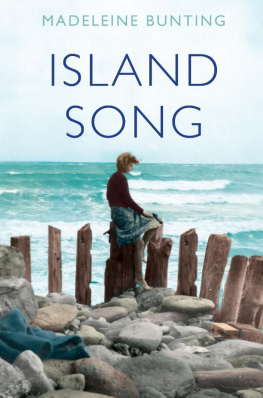
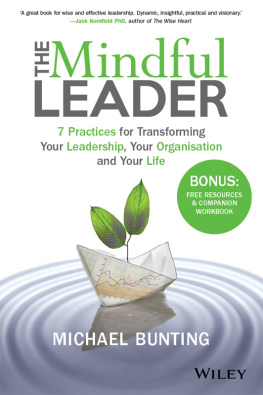

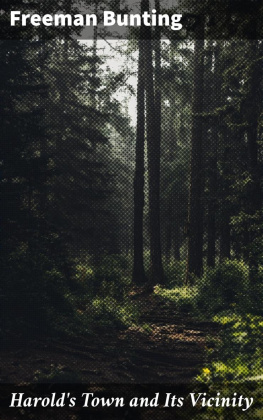



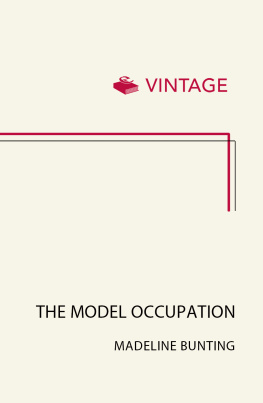
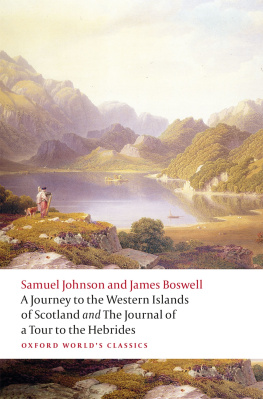
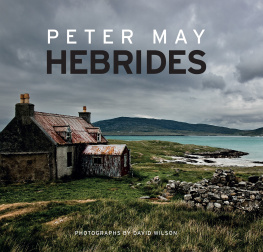
![Madeleine Bunting [Madeleine Bunting ] - Willing Slaves](/uploads/posts/book/142225/thumbs/madeleine-bunting-madeleine-bunting-willing.jpg)
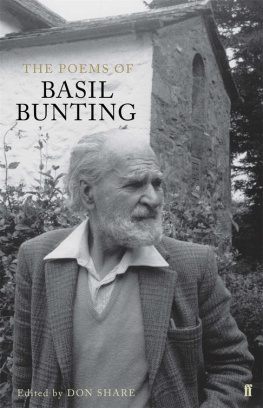
 This paper meets the requirements of ANSI/NISO Z39.481992 (Permanence of Paper).
This paper meets the requirements of ANSI/NISO Z39.481992 (Permanence of Paper).

